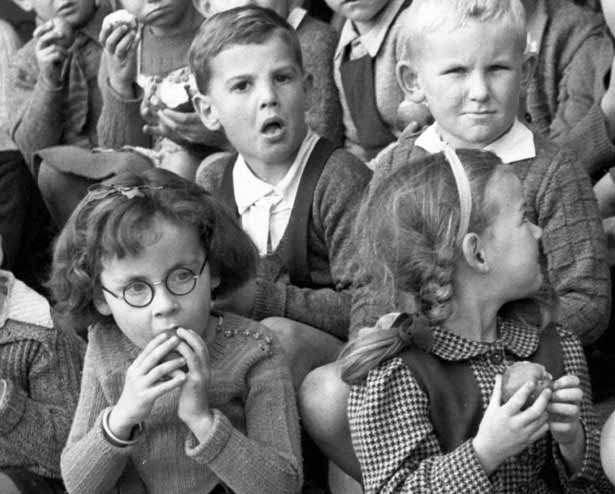
The family in the 1930s and '40s
The need for the New Zealand government to promote national interests during the Depression and the Second World War created a renewed appreciation of the role of the family within society. From 1935 the Labour government's social policies supported young families with children, and from the 1940s there was an emphasis on preventative child welfare.
Much of this concern for children and their families stemmed from the perceived need to maintain a healthy nation: one capable of providing robust workers and, if necessary, soldiers for defence. It was also felt, in the spirit of egalitarianism, that everyone should have access to the nation's resources.
Housing
By the early 1940s there was a serious shortage of adequate housing in inner-city areas. A 'needy families' scheme, administered by the Child Welfare Branch, was set up in 1941. This provided assistance, primarily by re-housing large or poor families to maintain the household unit. By 1946 the scheme had helped over 900 families and more than 5000 children.
The Family Benefit
In October 1945, Deputy Prime Minister Walter Nash introduced legislation for the Universal Family Benefit. The maternal figure of the family was to be sole beneficiary. William (Bill) Parry, Minister of Internal Affairs, explained: 'We have to create such enthusiasm for the service the mother renders, that it will be lifted to the highest pinnacles of service in the nation.' This benefit and other measures such as cheap housing and a well-funded health system did much to contribute to stability of household income and, in turn, to raise living standards.


